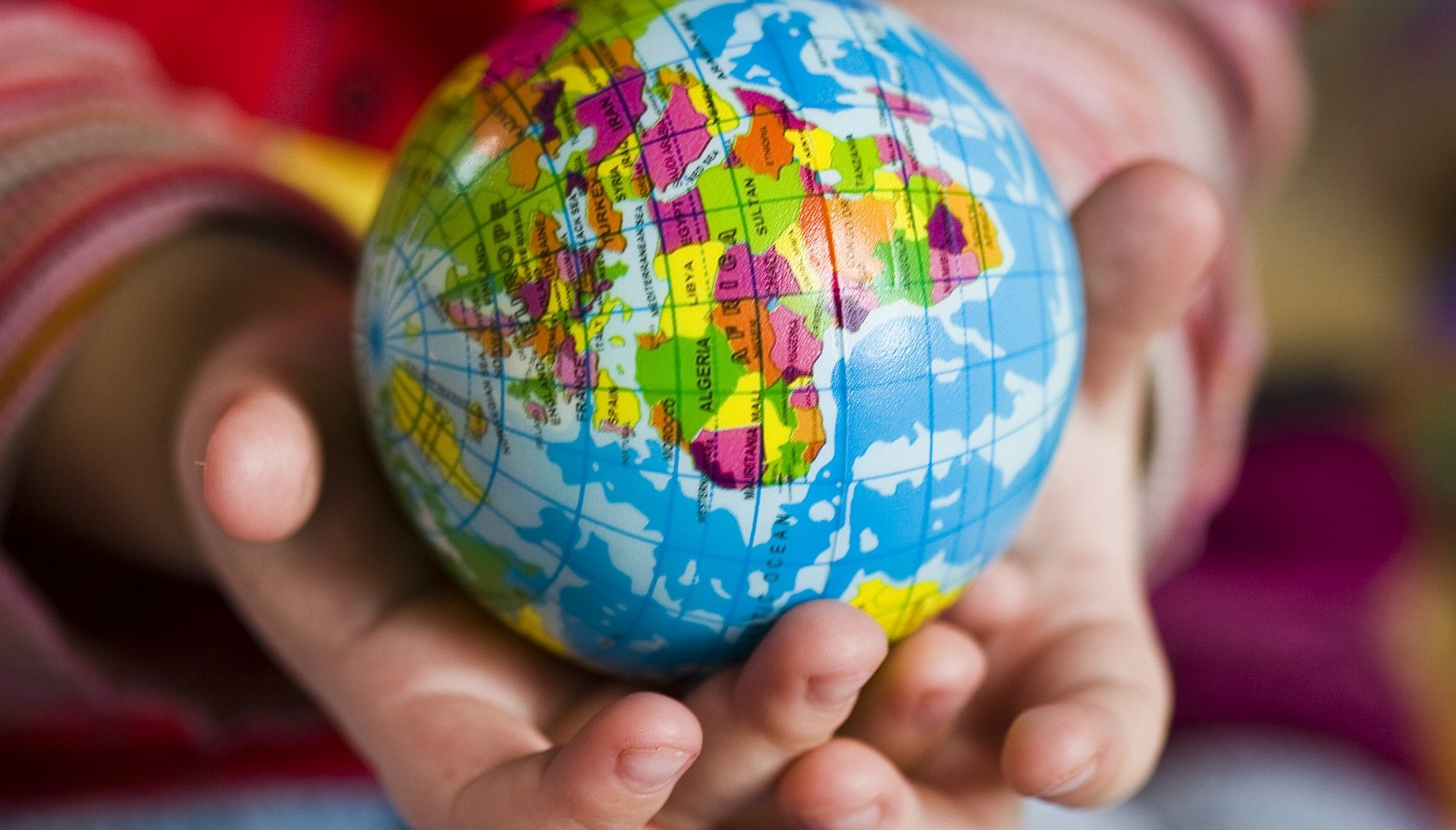As individuals, we are all part of groups. We live in a certain neighborhood, go to a school, work at an organization, and maybe belong to a church, temple or mosque. Being a member of these communities helps make up our sense of identity. Some people may even consider themselves to be a part of an even bigger community—the global community of the human race.
If we consider ourselves to be a member of the global community, might we be more driven to strive for cooperation, peace and inclusion globally? Research suggests that we would—with the right degree of specificity. A recent study found that the more we specify the characteristics of our global community, the more likely we will be to act in a globally inclusive manner. While simply identifying as a human being is too broad a categorization to create a meaningful bond across continents, “global citizen” does a better job of helping us fathom what makes a diverse, multicultural community of people from all walks of life similar. The frame of mind can change intentions and actions.
In 2017, a recent study found that the global citizenship mindset fosters a greater sense of felt responsibility to do good for others, empathize, and act compassionately. In our technologically advanced era, our interests are becoming more interdependent through businesses and the exchange of information and international travel. We share in the cost of negative consequences but can also benefit from the fruits of shared responsibility and collaborative action. Peacemakers can capitalize on this expansive, global network in conflict resolution processes by promoting a focus on a common and superordinate identity – Global Citizens. A reminder of our shared fate can reinforce cooperative ties and a sense of inclusion in the global state as global citizens together.
Reysen, S. & Katzarska-Miller, I. (2017). Superordinate and Subgroup Identities as Predictors of Peace and Conflict: The Unique Content of Global Citizenship Identity. Peace and Conflict: Journal of Peace Psychology, 23, 4, 405-415.
